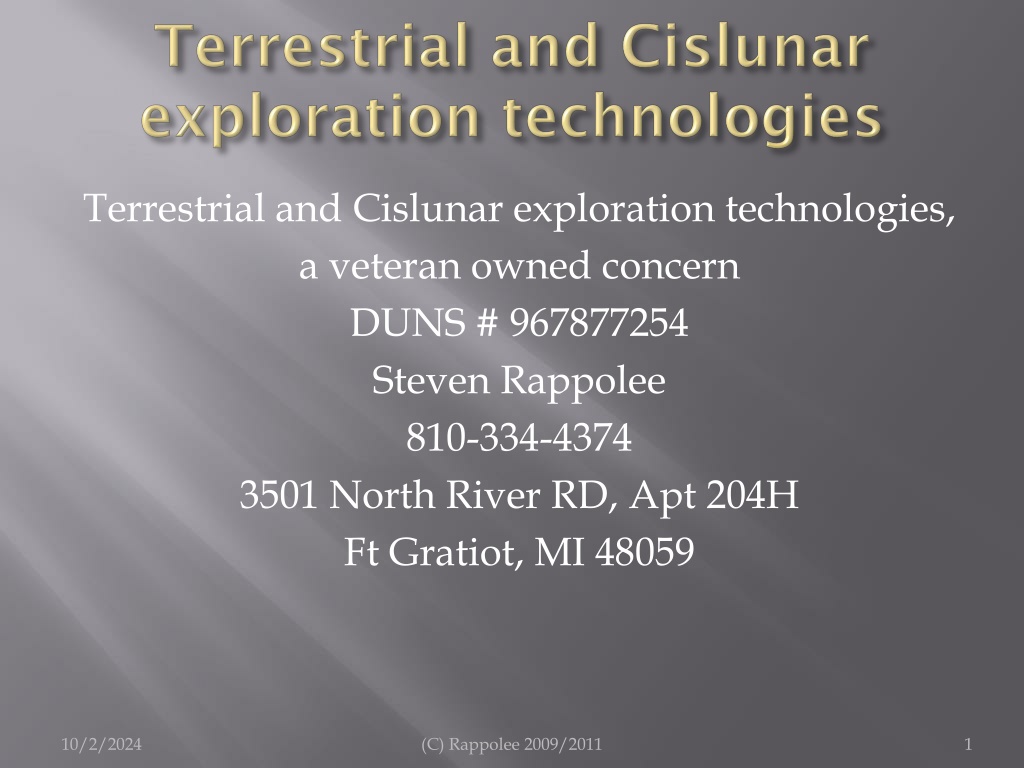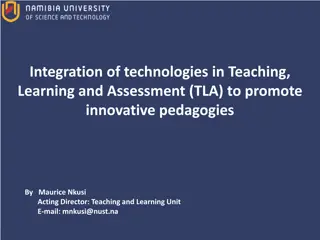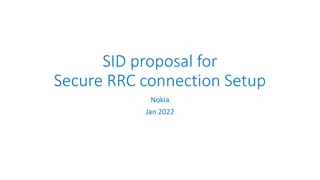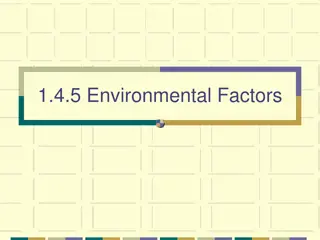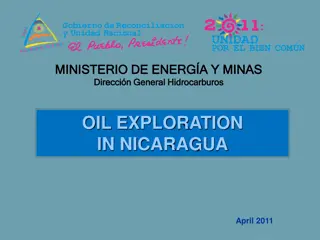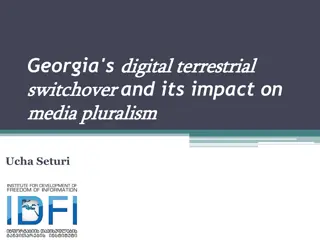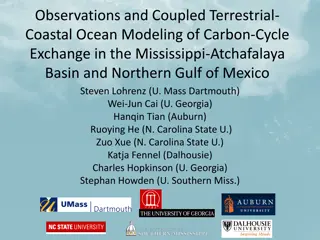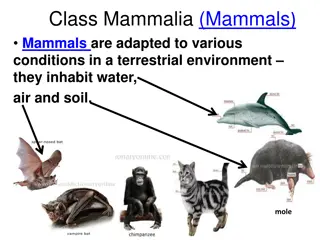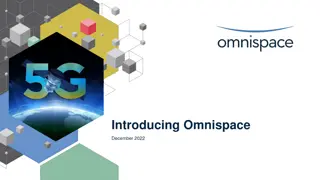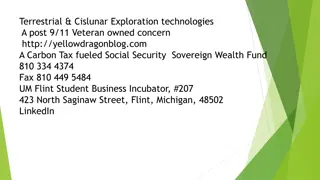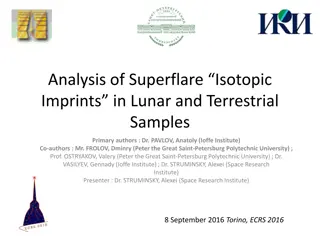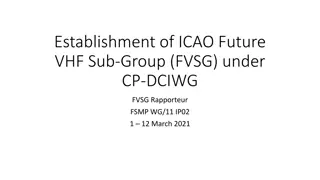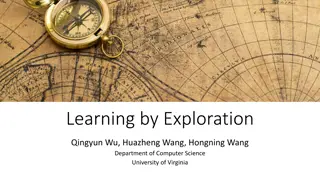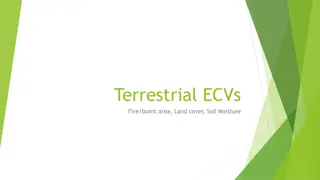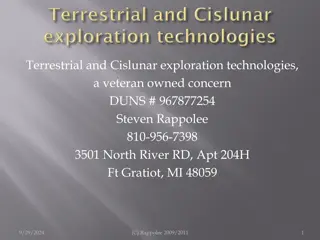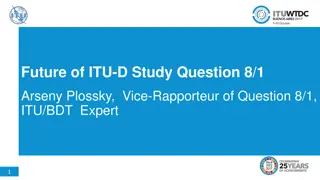Innovative Technologies for Terrestrial and Cislunar Exploration
This content outlines a proposal for mass-producing science spacecraft for NASA with the aim of maximizing cost-effectiveness. It discusses the financial projections, deployment strategies, and the potential for sustained space exploration campaigns. The proposal includes details on spacecraft billing, payment schedules, and experimental deployment methods for Mars Exploration Rovers. Emphasis is placed on long-term planning and leveraging existing technology for efficient exploration missions.
Download Presentation

Please find below an Image/Link to download the presentation.
The content on the website is provided AS IS for your information and personal use only. It may not be sold, licensed, or shared on other websites without obtaining consent from the author. Download presentation by click this link. If you encounter any issues during the download, it is possible that the publisher has removed the file from their server.
E N D
Presentation Transcript
Terrestrial and Cislunar exploration technologies, a veteran owned concern DUNS # 967877254 Steven Rappolee 810-334-4374 3501 North River RD, Apt 204H Ft Gratiot, MI 48059 10/2/2024 (C) Rappolee 2009/2011 1
It is believed that the best most cost effective way to do science is to mass produce science space craft The first few mass produced spacecraft would have NASA as a 100 % anchor tenant NASA would be a minority anchor tenant on later missions All missions are data sells over many years
Year 1 2 3 4 5 6 7 8 10 11 Two spacecraft Four Six Eight Ten 2 X $30 Million per year 4 X $30 Million per year $ 120 M 6 X $30 Million per year $ 60 M $180 M $ 240 M $300 M 60 120 240 360
1 2 3 4 5 6 7 8 9 10 60 120 180 240 300 360 420 480 540 600 240 360 480 600 720 840 960 1080 540 720
10 spacecraft at $300 Million each is $3 Billion, launched two at a time every two years. Each spacecraft is billed at $30 Million per year for ten years after successful landing and operations for 90 days, so the $3 Billion would be payable over a 20 year period. At year ten this would be $ 300 Million per year and leveling off and declining for ten more years. We could however continue flying two new spacecraft every two years for a sustained campaign. 20 spacecraft at $300 million each billed over three ten year installments, $ 6 Billion.
EXTERNALLY DEPLOYED MER CURIOSITY Does the Red Dragon spin during EDL? (no) We propose three externally mounted Mars Exploration rovers on Dragon; they would deploy as Dragon goes subsonic. Three MER with only parachutes and airbag landing systems. ISRU and one MER onboard internally EDL involved a spinning spacecraft, at atmosphere interface two tungsten weights are jettisoned; close to landing as the spacecraft begins vertical descent, 6 more tungsten weights are jettisoned! A wasted opportunity?
Falcon Heavy can inject to mars a Dragon/trunk docked with an additional Dragon capsule! Two X 4 MER,s 8 rovers After MOI Dragon/Trunk separates from third stage and performs a docking maneuver with a Dragon attached to third stage Docked Dragon separates and performs a EDL; second Dragon/trunk performs another targeting maneuver, separates trunk and performs a second EDL How much internal weight payload is lost to the externally deployed MER,S ?
MULTIPLY LANDED MERS GO THEIR SEPARATE WAYS Parting ways increases science while the Dragon ISRU works to make fuel Red Dragon lifts off to deliver a MER to a selected target; repeat at least 3 times to move the 3 MER further apart Meanwhile in a target many hundreds of kilometers away the second Dragon capsule has landed .***
LAND RED DRAGON ISRU FIRST ISRU weight priority over MER payload; why? 1 ton payload to mars surface under the 3 mile MOLA may violate the decadal survey landing site committee. This may mean that engineering constraints on the red dragon proposal will not allow 1 ton below that limit. Land one dragon with one MER and ISRU Land second Dragon with Wolf trap and curiosity science instruments near the first Dragon. Fetch MER rovers bring samples back to the science Dragon
